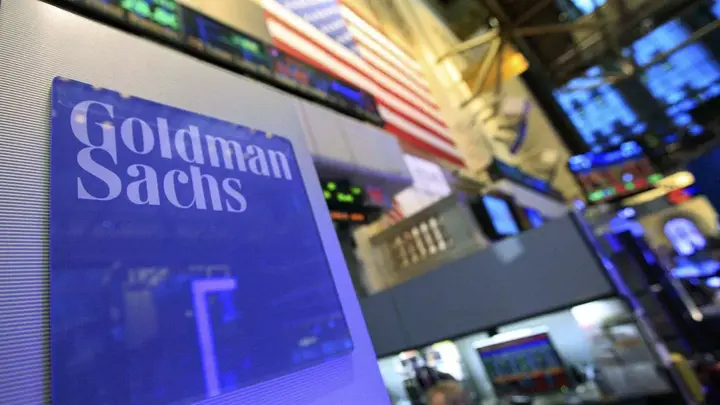Goldman Sachs Bullish on India’s Economic Fortunes, Predicts Strengthened External Balances and Reduced Current Account Deficit
In a recent report, Goldman Sachs has painted an optimistic picture of India’s economic landscape, emphasizing the nation’s robust external balances, driven by unexpectedly strong inflows. The Wall Street brokerage forecasts a notably diminished current account deficit (CAD) of 1% for the fiscal year, resulting in an impressive balance of payment surplus of USD 39 billion. This positive outlook is underpinned by a combination of factors, including a low CAD, robust capital flows, substantial forex reserves, and a relatively modest external debt.
The report anticipates a “goldilocks” scenario, with expectations of a weaker US dollar due to the potential implementation of five rate cuts by the US Federal Reserve throughout the year. Consequently, Goldman Sachs has revised its CAD forecast upwards, projecting 1% of GDP for FY24, a reduction from the earlier estimate of 1.3%. Similarly, the FY25 forecast has been revised to 1.3% from the previous 1.9%. The adjustment is attributed to a downward revision of the oil price forecast to USD 81/barrel in 2024, down from the previous estimate above USD 90. The report also notes the resilience of services exports, consistently exceeding initial expectations.
The brokerage anticipates robust capital inflows in 2024, with strong equity portfolio flows expected as the Federal Reserve initiates an easing cycle. Additionally, there is an anticipation of robust debt inflows, as bonds are slated to be included in JP Morgan’s global government bond index from June 2024. Higher foreign direct investment (FDI) inflows are also expected, with India continuing to benefit from the regional diversification of supply chains. While these capital inflows are likely to offset lower net corporate dollar borrowing, resulting in a balance of payment surplus of USD 39 billion in FY24, a slight dip to USD 27 billion is projected for the following fiscal year.
Also read: Finance Minister Reviews PSU Banks’ Performance Amid Cybersecurity Concerns
India’s oil imports witnessed a decline to USD 164 billion in the January-November 2023 period, driven by an 18% decrease in oil prices during the same period. Conversely, the services trade surplus is on an upward trajectory, fueled by unexpected exports in both business and software services. The report projects a services trade balance of USD 158 billion, up from USD 148 billion.
Maintaining a nuanced perspective, the report highlights the rise in gold imports, expected to close the fiscal year at USD 44 billion, and non-oil, non-gold imports, predicted to reach USD 445 billion. Net foreign direct investment (FDI) inflows stood at USD 17 billion up to October 2023, showcasing a positive trend. The report sees the country’s external vulnerabilities remaining low, with a comfortable import cover at around 11 months, higher than the pre-pandemic average of 9.5 months.
On the currency front, the brokerage views the rupee as a relatively low-volatility carry currency, but despite the “goldilocks” scenario, it anticipates the rupee to underperform compared to most emerging market Asia currencies. The RBI’s expected accumulation of inflows and the build-up of forex reserves are cited as contributing factors. The report envisions the dollar/rupee pair hovering around 83-82 in the next three to six months, with a slight appreciation to 81 over the next 12 months. This comprehensive analysis positions India favorably in the global economic landscape, showcasing resilience and potential amidst changing market dynamics.

